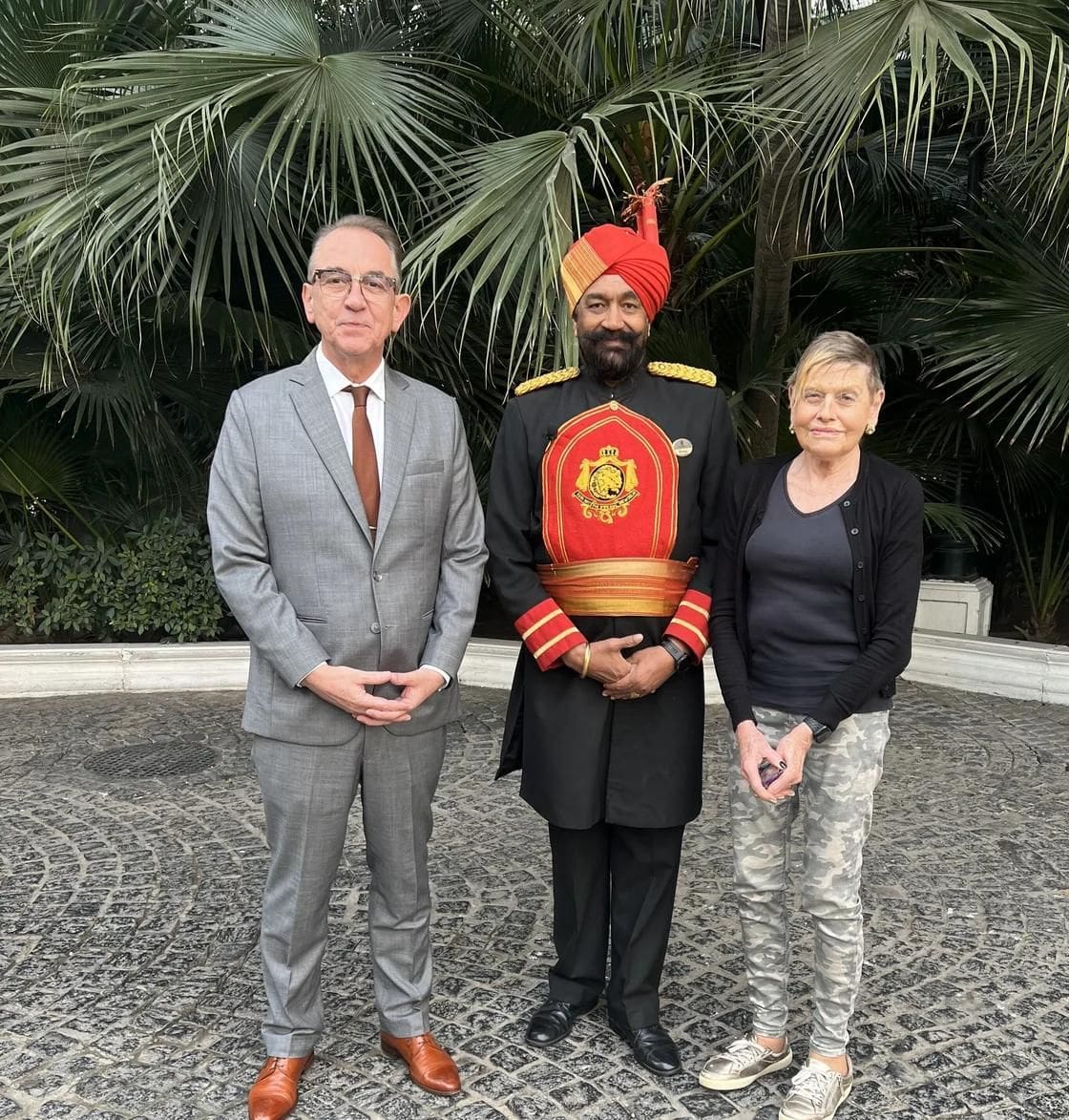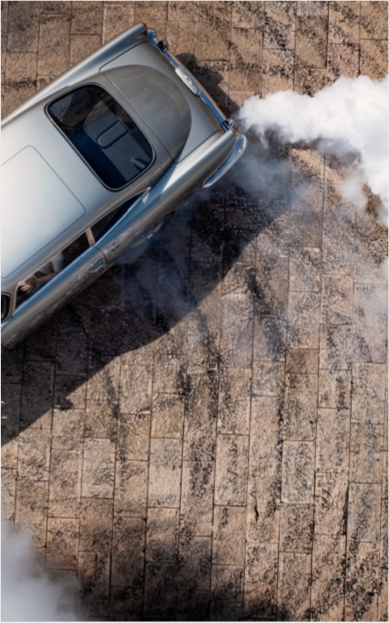STEP INTO ROYALTY
You held your back straight, your head high, your gaze looking ahead to a future of even greater success. Those were former times in India under British rule, 1858-1947 (known as The Raj, from the Sanskrit word for ‘king’). At The Imperial, its heads are still held high with pride and positivity. Delhi’s most luxurious oasis and a newly-accoladed Leading Hotel of the World is often the first stop on an incredible Indian odyssey.
LUXURIATE IN A MERCEDES
Fly into Delhi, and you will be greeted at the plane door. After all the inconveniences of modern red tape immigration, sink into a 2024 Mercedes R-Class, black with interiors the colour of Krug. Twenty minutes later, traffic permitting, you’re in New Delhi, the area of town built 1912-1930 so that India’s capital could be moved from Calcutta. The architect was the British star Sir Edwin Lutyens, the tenth of a brood of 13, also known for designing Queen Victoria’s doll house. For New Delhi, he devised a symmetry of roads and monuments – and a hotel commissioned by Rai Bahadur Sardar Narain Singh, who installed himself as General Manager.

BEHIND THE VEIL
Today’s owners hanker for public anonymity, but there’s an immediate sense that the entire 800-strong team feels part of ownership. The final driveway is flanked by a guard of honour of 24 sky-high King palms. A beturbaned doorman awaits at the steps, vertical stance and that gaze. There’s a good chance that Louis Sailer, the experienced Austrian aesthete who runs the hotel, will also be there.

DELHI IN BLOOM
Immediate touchpoints at The Imperial include highly polished everything, from Burmese teak furniture to young ladies in gently swaying saris hand-show the way to wherever. There are flowers, of course immaculate, everywhere. Probably as many blooms as the 5,000-plus fine examples of Anglo-Indian (=Raj) art hang along the miles of carpeted corridors in the four-floor, E-shaped building.

THAT'S SO ART DECO
The 235 bedrooms are in Classic Heritage or Art Deco style, all with the latest tech and Porthault linens. Suite #268 is Art Deco, with tall ceilings and unique art on white walls. Black and white photographs include mementoes of the Coronation Durbar in 1903. A review of local chiefs takes place from camelback. Lord and Lady Curzon, representatives of King Edward VII, are lurching into Delhi in an elephant howdah. Smile at another Durbar participant: HH Thakur Saheb of Limbdi is beturbaned and wearing more jewels than Lady Curzon.

THIS MARBLE MARVELS
The Imperial has unparalleled heritage – and magnificent modernity. Walk its eight private acres of superbly tended grounds for immersion in local floribunda. Swim in the pristine pool, listening to birds with barely a whisper from distant traffic. Look down, go down, into The Imperial Spa, a 12,000sq ft subterranean, white marble masterpiece, with many walls embellished with inset precious stones or silver, in thekri style.

BEST OF THE BEST
And food and drink. Of course, there’s Italian, ethnic Asian, and international as well as the best of Indian – and the Executive Chef is French—cocktails, perhaps a Bombay Sapphire G&T in Patiala-Peg, named for a polo-loving Maharaja of Patiala. Follow with Kerala-style prawns with coconut cream, curry leaves and Tamarind in The Spice Route, an iconic space with hand-painted walls that allegedly kept a pair of monks with brushes fully occupied for seven years.

FUEL UP
Breakfast is a must in 1911; the legendary Indo-European brasserie was the starting point for the rest of the Indian excitement. On to Rajasthan or the Taj Mahal, wherever, your head higher, and you’re looking forward with even greater excitement.




